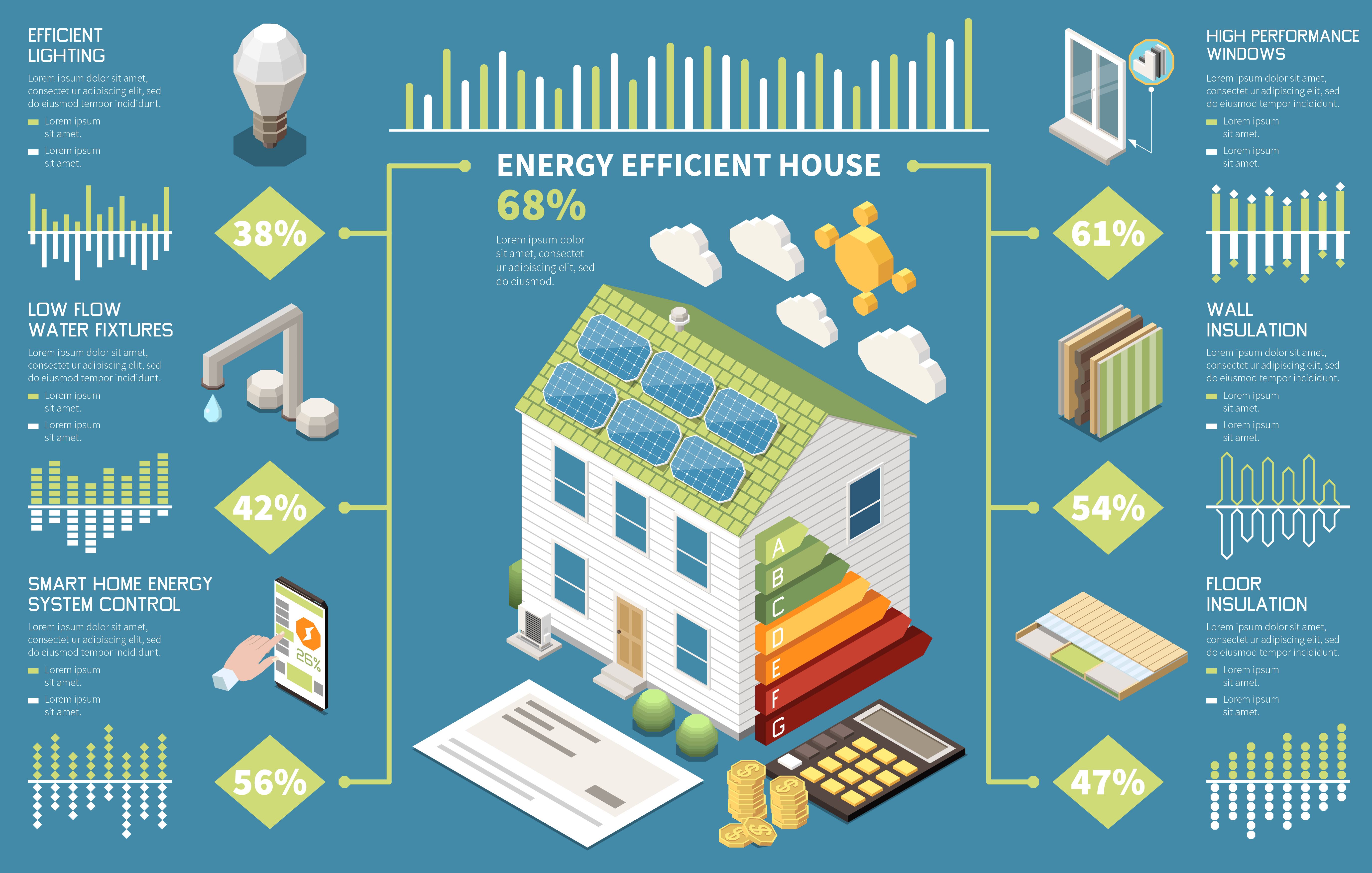The housing market is a complex system influenced by various factors, but supply and demand play a fundamental role in determining housing prices and market activity. Understanding this dynamic is crucial for individuals entering the market as buyers, sellers, or investors.
The Interplay of Supply and Demand in the Housing Market:
The fundamental principle of supply and demand governs not only the housing market but also countless other economic systems. It essentially states that the price of a good or service is determined by the equilibrium point where the quantity of that good or service supplied meets the quantity demanded.
Understanding Supply:
- Quantity: The number of housing units available for purchase or rent is considered the supply in the housing market. This includes existing homes, newly constructed units, and available rental properties.
- Factors Affecting Supply:
- Construction costs: The cost of land, materials, and labour can influence the number of new homes built, impacting the overall supply.
- Government regulations: Zoning laws, building codes, and permitting processes can affect the speed and volume of new construction, impacting supply.
- Seller behaviour: The willingness of existing homeowners to sell their properties also plays a role in the available supply. Factors like economic conditions, personal situations, and market expectations can influence individual decisions to sell.
Understanding Demand:
- Quantity: In the housing market, demand refers to the number of potential buyers or renters looking for housing units. This is not simply the total population but the number of individuals or families actively seeking housing within a specific timeframe and price range.
- Factors Affecting Demand:
- Affordability: Interest rates, income levels, and housing prices jointly determine whether potential buyers or renters can afford to enter the market.
- Demographics: Age distribution, household formation rates, and migration patterns influence the number of individuals seeking housing. For instance, a growing young population can create increased demand for starter homes or rental apartments.
- Consumer preferences: Changing preferences regarding location, amenities, and housing types can influence demand in specific areas or property categories.
The Equilibrium Point:
The interaction between supply and demand directly affects housing prices. When there is a balance between the two, prices tend to stabilize, with enough options available for buyers or renters at a price that aligns with their budget and the sellers' expectations.
However, the market often experiences imbalances:
- Excess Demand: If the number of potential buyers or renters significantly exceeds the available housing units, there is excess demand. This scenario pushes prices upwards as competition for a limited supply intensifies.
- Excess Supply: Conversely, when the number of available housing units surpasses the number of potential buyers or renters, there is excess supply. This can lead to price reductions or increased incentives offered by sellers to attract buyers.
Understanding the dynamics of supply and demand empowers individuals to make informed decisions in the housing market. By analysing specific market conditions, potential buyers and sellers can develop realistic expectations, set appropriate strategies, and navigate the complexities of the market with greater confidence.
The Price Dance: When Supply and Demand Meet
The impact of supply and demand on housing prices is a complex dance, but understanding the basic principles can provide valuable insights. Here's a deeper dive into how these forces influence pricing:
When Demand Outpaces Supply (Seller's Market):
- Increased Competition: With more potential buyers vying for a limited number of available homes, competition intensifies. This creates a seller's market, where sellers have the upper hand. Buyers may:
- Engage in bidding wars: Multiple offers on a single property can drive the price above the asking price.
- Waive contingencies: Some buyers may be willing to waive contingencies, such as inspections or appraisals, to make their offer more attractive.
- Settle for less desirable features: In their eagerness to secure a home, buyers might be more flexible in terms of location, amenities, or property condition.
As a result of these factors, prices generally rise as sellers capitalize on the high demand and increased competition.
When Supply Exceeds Demand (Buyer's Market):
- Negotiation Leverage: When the number of available homes surpasses the number of interested buyers, a buyer's market emerges. This empowers buyers with more negotiation leverage:
- Lower purchase prices: Sellers are more likely to accept offers below the asking price or offer additional incentives like covering closing costs or providing home upgrades.
- Increased selection: Buyers have a wider range of properties to choose from, allowing them to find a home that better meets their needs and preferences.
- Contingencies remain intact: Buyers are less likely to feel pressure to waive contingencies, protecting them from unexpected financial burdens.
Consequently, prices generally trend downward as sellers compete for buyers' attention and strive to make their properties more attractive in a saturated market.
It's important to note:
- Market dynamics are not static: Supply and demand conditions can fluctuate over time, even within specific locations.
- Price changes are not always immediate: The housing market can exhibit inertia, with adjustments in price taking time to fully reflect changes in supply and demand.
- Other factors play a role: While supply and demand are fundamental drivers, other factors like local economic conditions, government regulations, and interest rates can also influence housing prices.
By understanding the interaction of supply and demand, individuals can gain valuable insight into the current market climate and make informed decisions. Whether navigating the complexities of buying a home or strategically pricing a property for sale, considering these core principles can empower you to participate in the housing market with greater confidence.
Navigating the Maze: Understanding Market Conditions in the Housing Market
Understanding the current supply and demand conditions in a specific housing market is crucial for informed decision-making, whether you're a buyer, seller, or investor. This knowledge empowers you to:
1. Set Realistic Expectations:
- Buyers: By understanding the balance between supply and demand, you can set realistic expectations about what type of property you might be able to afford and the potential competition you might face. This helps avoid disappointment and allows you to adjust your search parameters or budget accordingly.
- Sellers: Analysing market conditions allows you to price your property competitively. An overvalued property in a buyer's market is likely to sit on the market longer and attract fewer offers. Conversely, a realistically priced property in a seller's market is more likely to attract multiple offers and potentially sell above the asking price.
2. Anticipate Trends:
- Analysing historical data and current market trends can help you anticipate potential changes in supply and demand. This information can be crucial for both buyers and sellers:
- Buyers: Identifying areas with increasing demand or anticipated future development might help you find a property with long-term growth potential.
- Sellers: Understanding a market shift towards a buyer's market might encourage you to list your property sooner rather than later to avoid facing a larger pool of available homes.
3. Make Strategic Decisions:
- Having a clear understanding of the market landscape allows you to make informed and strategic decisions:
- Buyers: Determining whether to negotiate aggressively or waive contingencies depends on the level of competition. In a buyer's market, you may have more leverage to negotiate, while in a seller's market, offering concessions might be necessary to stand out from other potential buyers.
- Sellers: Deciding on the right listing price and marketing strategies depends on the current market conditions. Highlighting unique features or offering incentives might be necessary in a buyer's market, while focusing on the property's strengths and competitive advantages might be more effective in a seller's market.
4. Utilize Available Resources:
Several resources can help you gain valuable insights into the current state of a specific housing market:
- Local real estate reports: These reports often provide an overview of current market trends including average listing prices, days on market, and sales volume.
- Government data: Websites of government agencies might offer data on permits issued for new construction and demographic information that can influence future demand.
- Real estate professionals: Experienced real estate agents and brokers possess in-depth knowledge of local market dynamics and can provide valuable guidance and information specific to your needs and goals.
By actively seeking knowledge and understanding the interplay of supply and demand, individuals can navigate the complexities of the housing market with greater confidence and make informed decisions that align with their specific goals, whether buying, selling, or investing in property.








